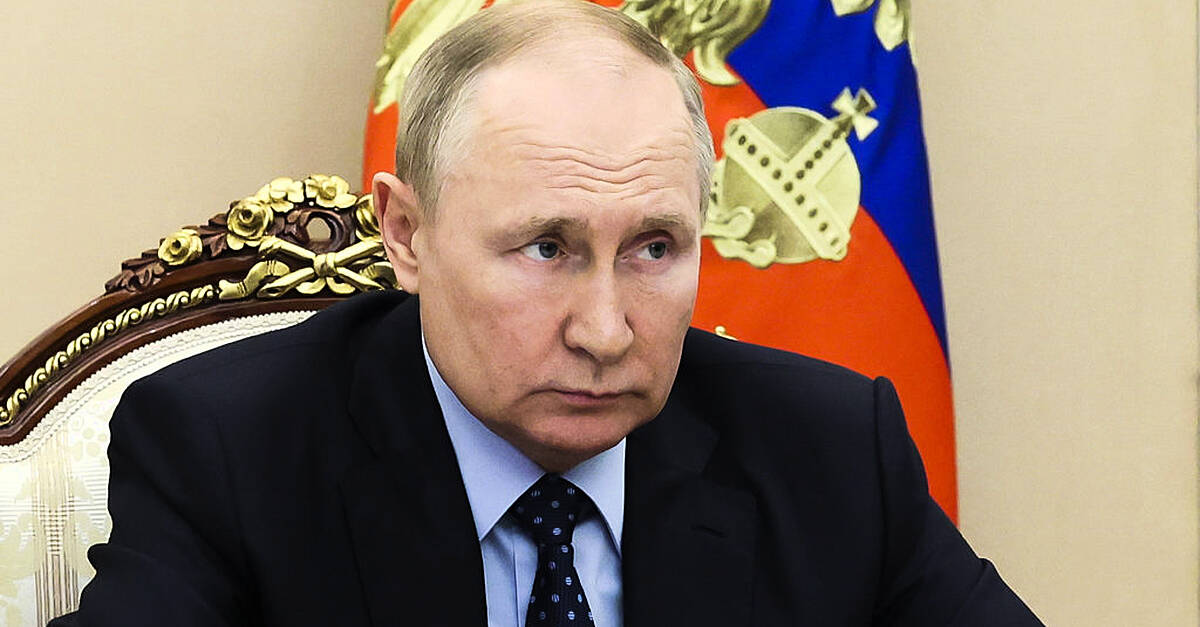[ad_1]
Yusaku Maezawa, a Japanese billionaire and fashion retail mogul, arrived at the International Space Station for a 12-day stay on Wednesday. He is the latest privately funded traveler to the orbital laboratory in a year that has seen more tourists making voyages to space than ever before.
Mr. Maezawa, the founder of Zozo, a Japanese online fashion retailer, launched to space from Baikonur, Kazakhstan at 2:38 a.m. Eastern time (10:38 a.m. local time) on a Russian Soyuz rocket with Yozo Hirano, a production assistant who will document his trip. Alexander Misurkin, a Russian astronaut, was also on board. The three-man crew docked to the space station six hours later at 8:40 a.m. and boarded the outpost around 11:12 a.m.
After boarding, the space station’s crew, now 10 people, gathered in the Russian segment for a brief welcoming ceremony, where Mr. Maezawa and the other visitors spoke on a live video connection to family and friends, who had been waiting in Baikonur to watch them reach the space station.
Mr. Maezawa, an animated adventure-seeker, drew international attention in 2016 when he spent $57.3 million at an auction for a painting by Jean-Michel Basquiat. In 2017, he paid $110.5 million for another painting by the same artist. In 2018, he declared his interest in spaceflight at an event at the Southern California headquarters of SpaceX, where he joined the company’s founder, Elon Musk, onstage to announce that he would be the first passenger to ride SpaceX’s Starship, a massive next-generation rocket that will one day ferry NASA astronauts to the lunar surface.
That Starship mission, which will circle the moon and back, is scheduled for 2023, although it is likely to be delayed. Mr. Maezawa had planned to invite a group of artists along for the trip, but then, early last year, he launched a public contest in which women could apply to be his “life partner” and join him on the moon trip — a matchmaking quest that would be made into a documentary. After the announcement was criticized, he canceled those plans and apologized to the nearly 28,000 women who had applied. Later, he opened a new call for eight people to join him on the mission instead.
The space station jaunt for Mr. Maezawa, 46, was announced in May, and he has been training for weeks at the Yuri Gagarin Cosmonauts Training Center just outside Moscow. He will spend 12 days on the station, and Mr. Hirano, who manages Mr. Maezawa’s YouTube channel, will chronicle the mission from beginning to end.
“I was blessed with this opportunity and I’m truly happy I can go,” Mr. Maezawa told reporters at a news conference the day before his flight, adding that he looked forward to seeing Earth from space and floating around in weightlessness. He said he felt like an “elementary student waiting for a school trip.”
Mr. Maezawa, who offered last year to give away $9 million to his Twitter followers, said he plans to do a similar cash giveaway while aboard the space station. He also plans to check off 100 items on a list of activities that he crowdsourced online before his trip, which includes getting a haircut, playing an instrument and searching for aliens.
And for the Translational Research Institute for Space Health, a consortium of universities including the Massachusetts Institute of Technology, he plans to participate in a research program studying how the human body responds to the conditions of space.
For the space station trip, Mr. Maezawa booked seats though Space Adventures, a U.S.-based company that arranges rides to space for wealthy tourists. He has not said how much he paid for the mission.
The crew rode to space on a Soyuz rocket, Russia’s workhorse spacecraft that launches its astronauts to the International Space Station. Before SpaceX’s Crew Dragon capsule became NASA’s ride of choice, American astronauts relied on the Soyuz for trips to the space station between 2011 and 2020, with each seat costing NASA roughly $70 million to $100 million.
The price Mr. Maezawa paid for each of the two seats — his own and Mr. Hirano’s — was “definitely in that ballpark,” said Eric Anderson, Space Adventures’ co-founder and chief executive. One of the items on Mr. Maezawa’s space station to-do list teased the prospect of announcing the price he paid for the trip.
“The price hasn’t gone down, it’s gone up over the years,” Mr. Anderson said in a phone interview. “He’s got two seats, and it’s expensive, but it’s worth it.”
The mission is Space Adventures’ ninth since 2001, when Dennis Tito, an American engineer and businessman, became the first person to self-fund a trip to space. It is the company’s first mission sending two tourists to space at the same time. Like other wealthy space tourists, Mr. Maezawa was motivated to fly to space in part because “there’s only so much fine dining and other things that he could do,” Mr. Anderson said.
Mr. Maezawa and his companion aren’t the only private individuals to board the station this year. In October, a Russian actress and a director launched to the space station to spend eight days filming the first feature-length movie with scenes shot in space.
And the two are not even the only private voyagers headed to space this week. On Saturday, Blue Origin, the company founded by Jeff Bezos, the former Amazon chief executive, is scheduled to carry its third group of travelers to the edge of space (the flight was delayed from a Thursday launch because of weather). Michael Strahan, the TV host and former New York Giants defensive end, is among the six passengers in the New Shepard suborbital spacecraft.
These tourist excursions come as private companies and government space agencies push to open space to more people than just government-backed astronauts.
Mr. Musk’s SpaceX earlier this year launched the first fully private orbital mission, called Inspiration4. Four passengers, led by the mission’s billionaire backer, Jared Isaacman, spent three days orbiting Earth at an altitude higher than the space station. Blue Origin and Virgin Galactic, the publicly traded space tourism firm founded by Richard Branson, offer shorter trips that don’t reach orbit and last about 10 minutes from launch to landing.
And beyond short trips to space, Blue Origin and other companies are drawing up plans to build private space stations in orbit with the backing of NASA. The agency hopes to keep the current International Space Station running until 2030, then transition to commercially owned and operated stations.
Axiom Space, another private space company, is planning to attach private modules to the space station that will eventually detach together and become its own laboratory. Similar to Space Adventures, the company is also arranging private trips to the space station. Its first such mission is scheduled for February, when it will send three wealthy individuals to the laboratory for $55 million each.
[ad_2]
Source link

















